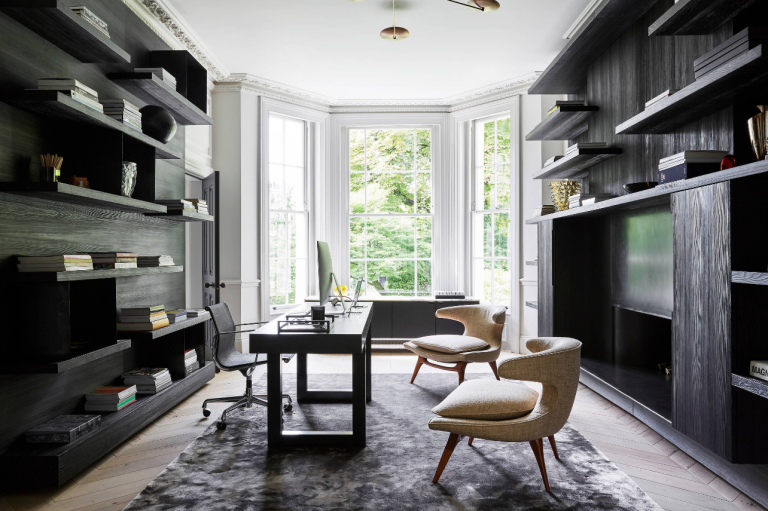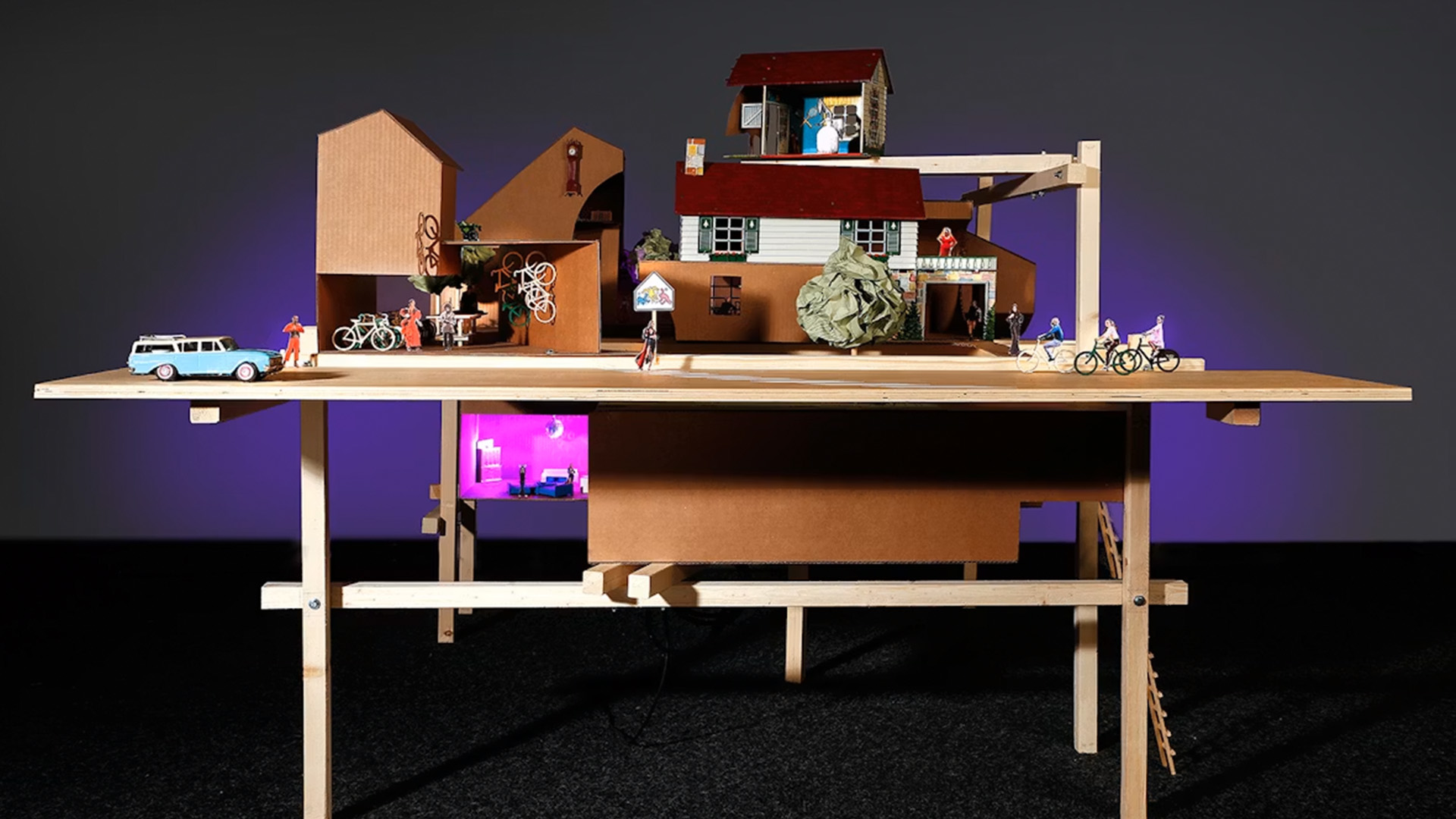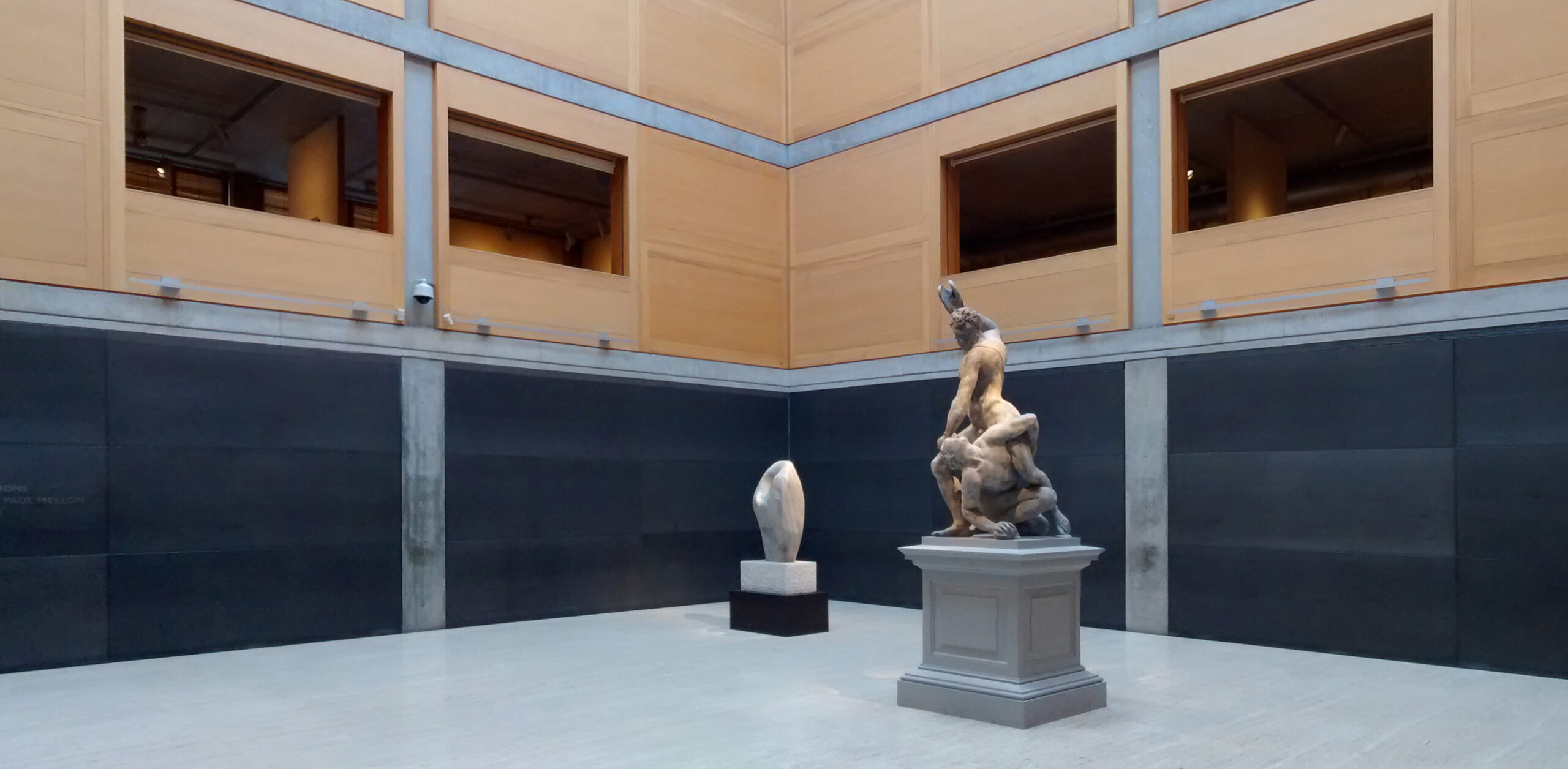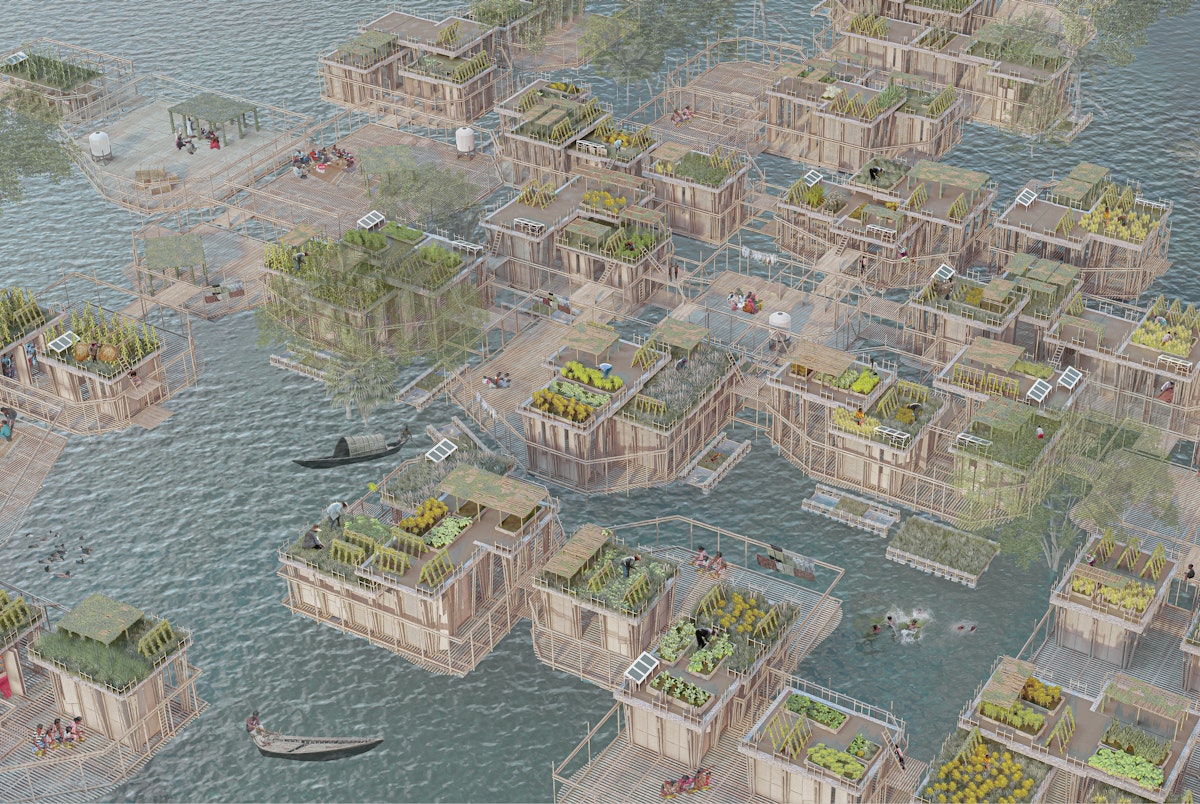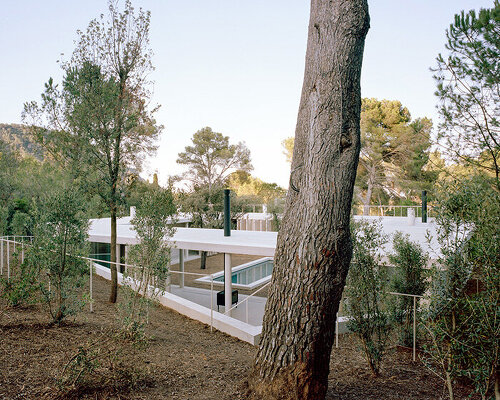BOB Design reveals four projects that show the secrets to successful signage


London studio BOB Design is a specialist in wayfinding graphics. Director Mireille Burkhardt talks Dezeen through four projects that combine clear navigation with design flair.
BOB Design has created wayfinding and signage for a wide variety of architecture and interiors projects, ranging across building renovations, public spaces and exhibitions.
Burkhardt said the key to creating effective architectural graphics is to start with a core concept that can be applied to a range of signage types, at all scales.
"It relies upon meaningful signature forms that are flexible enough to meet different visual functions and support varied tones of voice," she told Dezeen.
"Sometimes our work takes centre stage in announcing a space's narrative, such as in supergraphics at entrances or link points," she explained.
"At others it is extremely subtle, supporting the narrative through the character of its type forms, its material finishes or its layout behaviours."
"We spot creative openings"
BOB Design's wayfinding designs emerge through conversations with architects and other creative partners, with building owners and operators, and with the people who will use the spaces.
"We spot creative openings in collaborative conversations," said Burkhardt.
"These observations lead to graphic explorations and sketches, sometimes led by an architectural, spatial or material cue, sometimes shaped to users' characteristics or paths, or expressing a central curatorial or location-rooted theme."
Read on to see four diverse examples of this approach in practice:

Maple House
For the revamp of a 1970s Richard Seifert-designed office block in London's Soho, BOB Design worked with architects Gibson Thornley to develop a graphic system that mirrors the lines and proportions of the building's facade.
The results include a library of pictograms, applied as both wall graphics and three-dimensional signage blocks, and a distinct building logo.

"We drew inspiration from prominent T-shaped granite segments, which slot together to make up the building's cladding," said Burkhardt.
"By tracing these brutalist forms, we built a signature visual language and grid that is faithful to Maple's past yet flexible enough for its future."

Cabaret at the Kit Kat Club
This musical production at London's Playhouse theatre led BOB Design to develop wayfinding and signage graphics that echo the style of its setting – 1930s Berlin.
"Because the entire Playhouse theatre space became an immersive audience experience, our environmental graphics had to become part of the performance itself," said Burkhardt.

BOB Design merged two 1920s-inspired typefaces – Chap and Supreme – to create lettering that is both contemporary and nostalgic. The forms carry through hand-drawn directional arrows and other pictograms.
"We evoked Cabaret's themes of ambiguity by blending two typefaces into surprising and varied combinations," added Burkhardt.
"We keyed each graphic into its immediate setting and atmosphere, screenprinting a range of metallics onto walls and creating 3D mirror letters reflecting the colourfully lit corridors."

Chapel Market
From steel box-tube structures to colourful tarps, this scheme for a 150-year-old street market in London's Islington takes cues from the materials of the market traders.
BOB Design worked with architecture studio Carver Haggard to develop yellow-framed signage boards and maps, while graphic patterns were used to neatly divide the streetscape into clear zones.

"We aimed to unite a diverse community and mixed-use space by focusing on a signature form that was already common and shared – the steel box tube stall structures," said Burkhardt.
"The lengths, bends and joints of these tubes informed the choice of new house typeface 1903, itself inspired by the local area, for all titling, numbering and maps."

Ray Harryhausen: Titan of Cinema
BOB Design combined exhibition design with wayfinding for this show at the National Galleries of Scotland, focused on the work of film special effects artist Ray Harryhausen.
Wayfinding elements referenced the monsters in Harryhausen's films, from Beneath the Sea to Jason and the Argonauts, while the playful typography was created by replicating some of his model-making techniques.

"Our design evokes the drama of Harryhausen's creatures and the handmade craft in his process," said Burkhardt.
"The typography customises the basis typeface Titling Gothic through painting, tearing, crinkling, and even taking a cheese grater to it!" she said.
"For the wayfinding, we created dramatic 1:1 scale creatures that creep in at the edges of the gallery space."
The post BOB Design reveals four projects that show the secrets to successful signage appeared first on Dezeen.



















